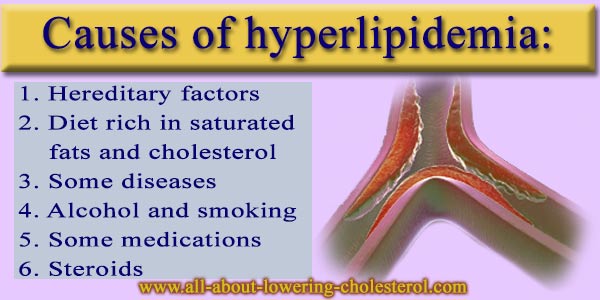
Is your head spinning from the medical lingo yet? Yes, hyperlipidemia mixed is a big term.
To sum up the definition for you in simple terms: it means you have too much cholesterol and too much fat in your blood.
This condition is passed down through families so the condition is also referred to by an even longer name, familial combined hyperlipidemia, try to say that fast 10 times!
This article will help you understand what causes this condition, how it is diagnosed, the symptoms if any, and what you can do to better your health.
Ready?
Causes of mixed hyperlipidemia
This condition is passed down through generations; this means the condition is genetic or carried in your genes.
Even though the condition is inherited, research shows that diabetes, hypothyroidism, and alcoholism can make the condition worse.
How does one get diagnosed?
Those who inherit this condition may remain symptom-free or only experience angina pains so blood tests are the usual method of detection and the earlier blood work is taken the better.
If you have a close relative with high cholesterol or a history of early coronary artery disease, then you are at a higher risk for the condition and should be tested as a teenager for elevated levels of cholesterol or triglycerides.
How far lifestyle changes can help you control this condition?
Your medical doctor can recommend medications to help you control the disorder but medication is not the only answer. Many healthy lifestyle changes can be made to improve your situation.
According to experts, “How well a person does depends on how early the condition is diagnosed, when treatment is received, and whether treatment is followed.” (1)
If you have a family history of high cholesterol or other heart-related conditions, then visit your doctor and have your blood checked. This step alone can lower your risk of a heart attack.
(1) Health Line (2010). Familial combined hyperlipidemia. Retrieved from http://www.healthline.com/adamcontent/familial-combined-hyperlipidemia
